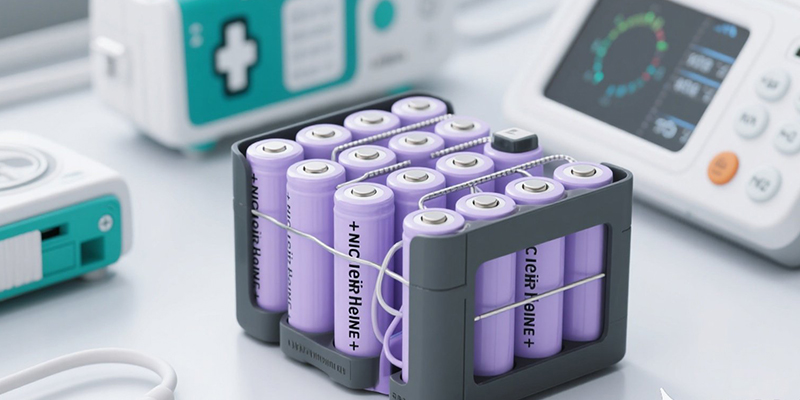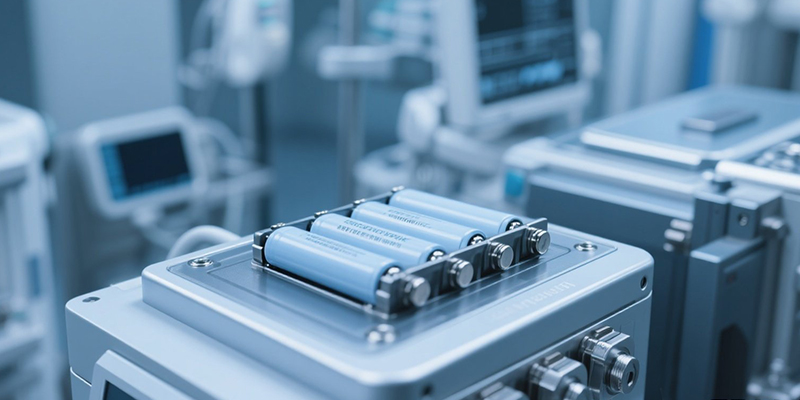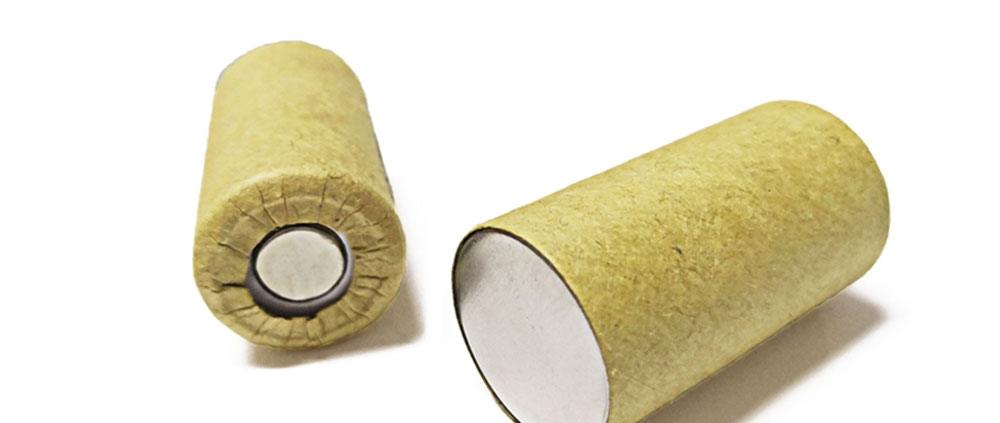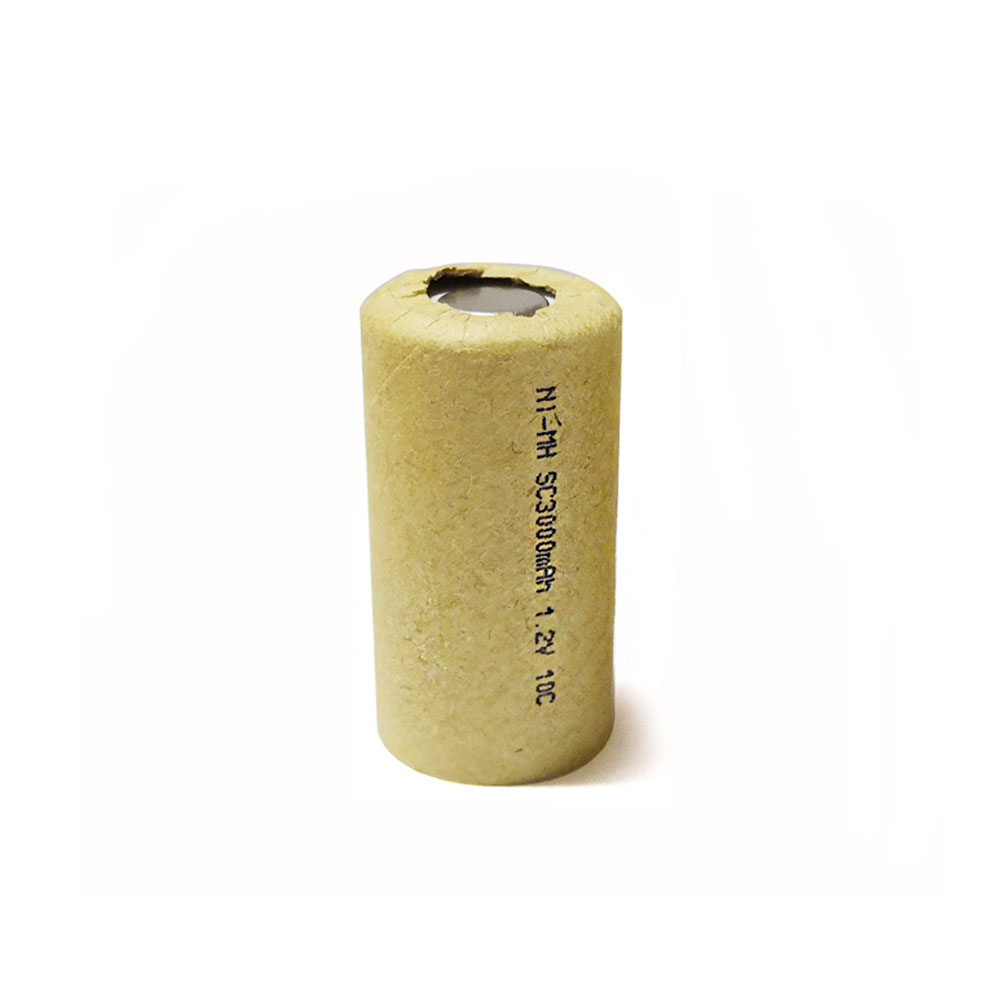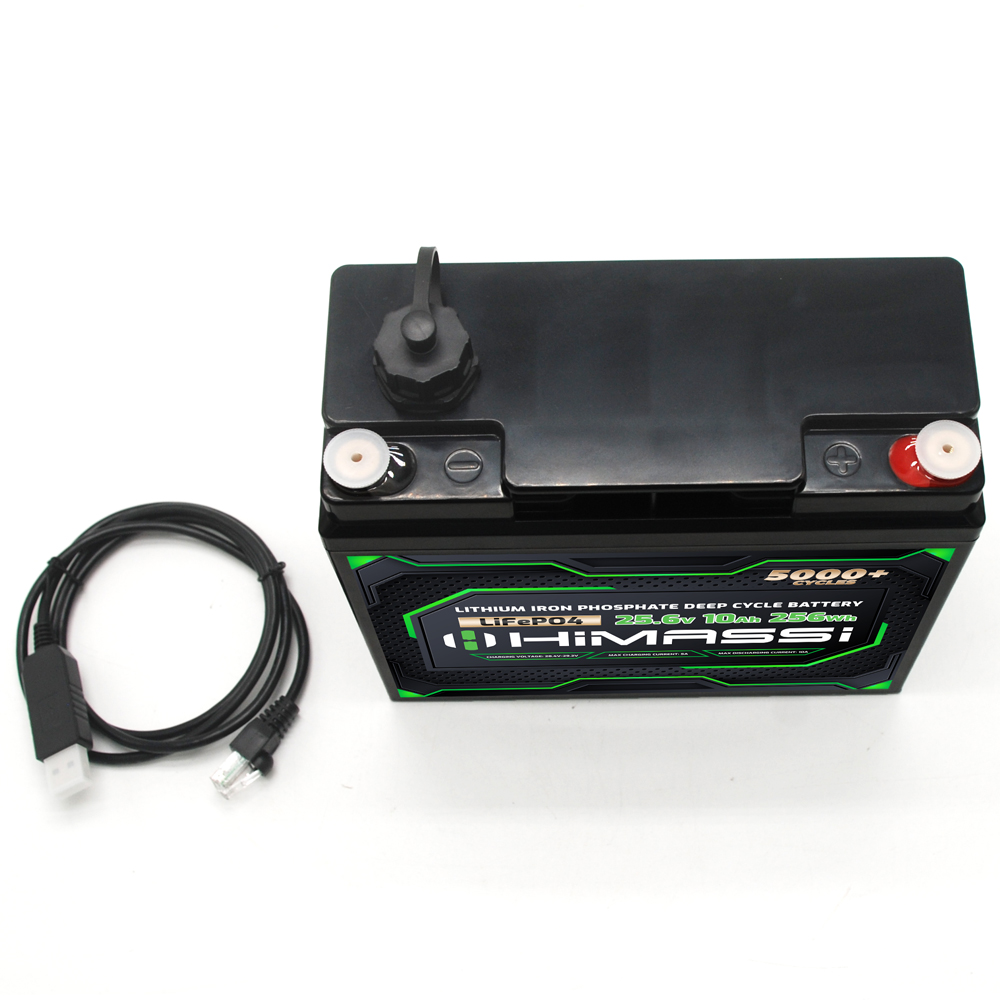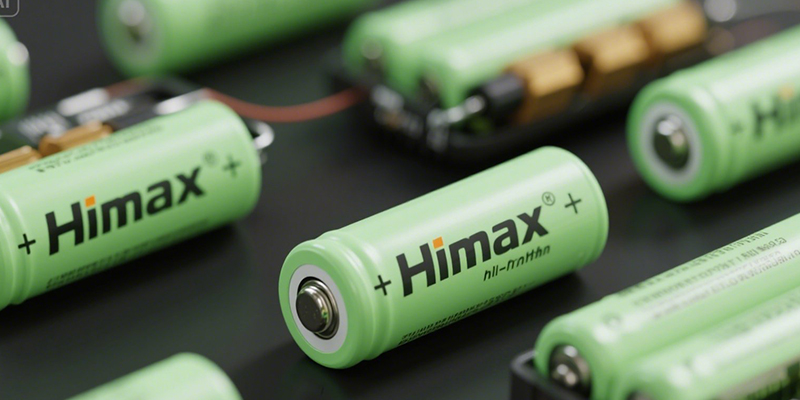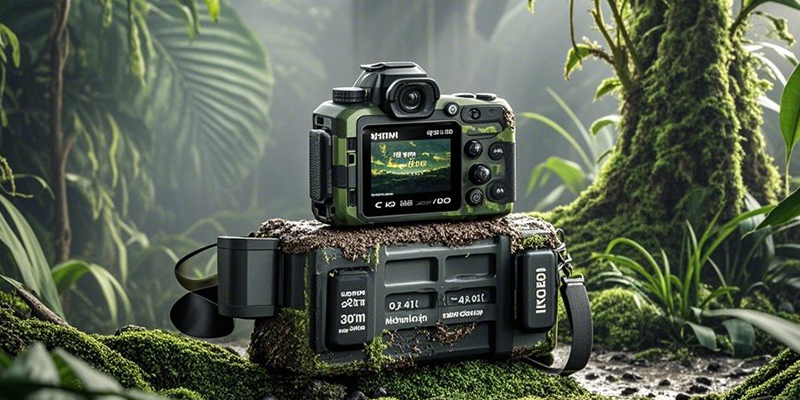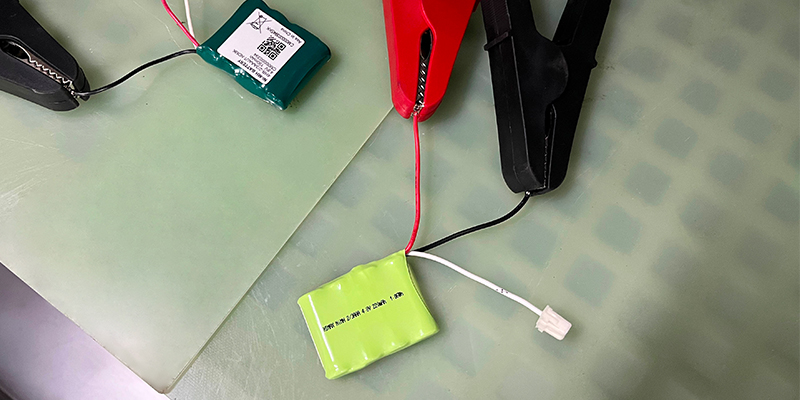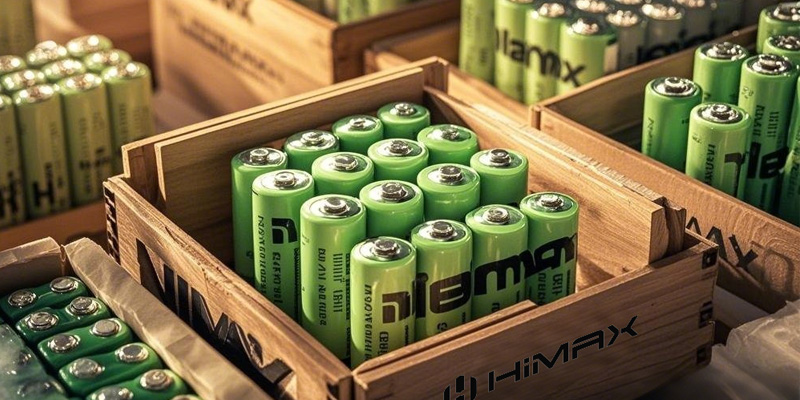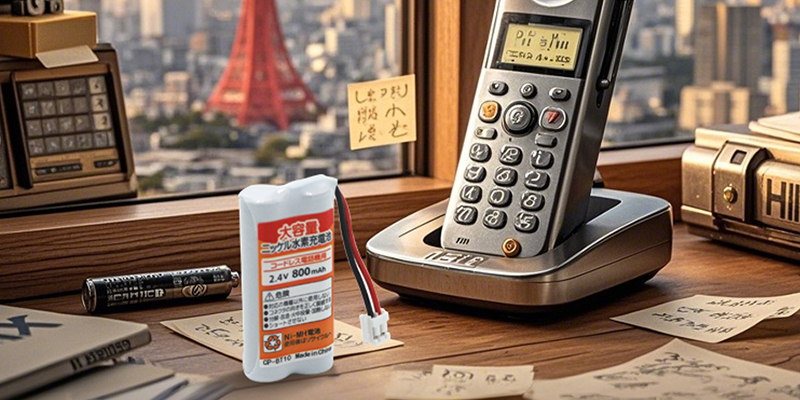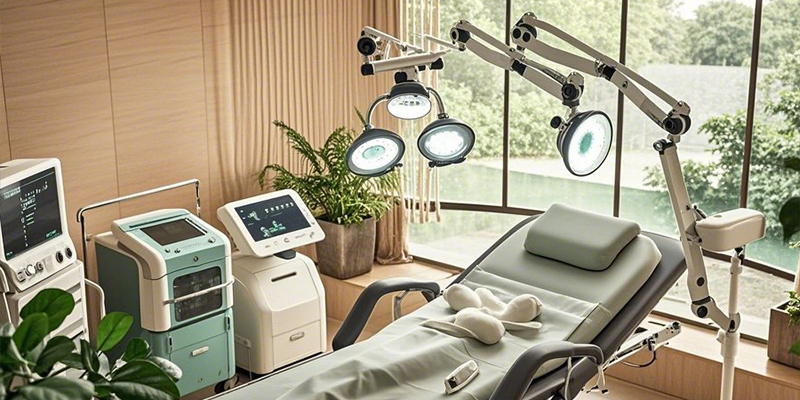Understanding How NiMH Batteries Work
To extend the cycle life of NiMH batteries, it’s essential to understand their basic operating principles. NiMH batteries are rechargeable, with a positive electrode primarily made of nickel hydroxide (Ni(OH)₂), a negative electrode composed of a metal hydride (MH), and an electrolyte typically consisting of a potassium hydroxide (KOH) solution. During charging, a reversible chemical reaction occurs, storing electrical energy as chemical energy. When discharging, this chemical energy is converted back into electrical energy to power the device.
The cycle life of NiMH batteries typically ranges from 500 to 1,000 cycles, depending on factors like usage environment, charging methods, and maintenance practices. Key factors that affect cycle life include overcharging, deep discharging, high temperatures, and the memory effect. Below, we’ll explore how to optimize these factors.
Optimizing Charging Strategies to Extend Battery Life
1. Use a Smart Charger
Smart chargers dynamically adjust charging current and voltage based on the battery’s state, preventing overcharging. Overcharging can raise the battery’s internal temperature, accelerating electrode material degradation and shortening cycle life. Choose a charger designed specifically for NiMH batteries with the following features:
-
Automatic Shutoff: Stops charging when the battery is full.
-
Trickle Charging: Supplies a low current when the battery is nearly full to counter self-discharge.
-
Temperature Monitoring: Detects battery temperature to prevent overheating.
2. Avoid Frequent Shallow Charging and Discharging
While NiMH batteries have a weaker memory effect compared to Nickel-Cadmium (NiCd) batteries, frequent shallow charging and discharging (using only a portion of the battery’s capacity) can still lead to capacity fade. To counter this, perform a full charge-discharge cycle (fully depleting and then recharging the battery) about once a month to “refresh” the battery’s capacity.
3. Control Charging Environment Temperature
The optimal charging temperature for NiMH batteries is between 59°F and 77°F (15°C to 25°C). High temperatures accelerate internal chemical reactions, causing electrode material degradation, while low temperatures reduce charging efficiency. Avoid charging in extreme heat or cold, such as in direct sunlight or a cold storage area.
Using Batteries Wisely to Minimize Wear
1. Avoid Deep Discharging
Deep discharging (completely draining the battery) increases internal stress, causing irreversible damage to the electrode materials and electrolyte. Recharge the battery when it has 20%–30% capacity remaining to avoid full depletion. For medical devices, setting low-battery alerts can help prevent deep discharging.
2. Control Discharge Rate
High discharge rates (large current draws) speed up internal chemical reactions, leading to heat buildup and capacity loss. Medical devices are typically designed for moderate discharge rates, but if a device requires prolonged high-power operation, opt for a higher-capacity battery pack to reduce the discharge rate.
3. Use Batteries Regularly
Idle NiMH batteries lose capacity over time due to self-discharge and may even enter a deep discharge state. To prevent this, perform a charge-discharge cycle every three months for unused batteries and store them at 40%–60% charge to slow capacity fade.
Optimizing Storage Conditions to Protect Batteries
1. Choose an Appropriate Storage Temperature
The ideal storage temperature for NiMH batteries is 50°F to 77°F (10°C to 25°C), with humidity levels between 50% and 70%. High temperatures accelerate self-discharge and chemical aging, while very low temperatures can cause the electrolyte to freeze. Avoid storing batteries in vehicles, basements, or humid environments.
2. Regularly Check Battery Condition
For medical devices in long-term storage, check the battery’s condition every six months, inspecting both charge level and physical appearance. If you notice a deformed casing, leakage, or corrosion, stop using the battery and replace it immediately.
Addressing the Memory Effect in NiMH Batteries
The memory effect occurs when a battery “remembers” a smaller capacity due to repeated shallow charging and discharging, reducing its usable capacity. While modern NiMH batteries have a reduced memory effect, it can still occur in certain cases. Here’s how to manage it:
-
Periodic Full Discharge: Perform a full charge-discharge cycle monthly, as mentioned earlier.
-
Vary Charge-Discharge Patterns: Allow the battery to experience different charge and discharge depths to prevent forming a “memory.”
Choosing High-Quality NiMH Battery Packs
The quality of the battery itself directly impacts its cycle life. Opt for reputable brands of NiMH battery packs that meet these standards:
-
High-Purity Materials: Quality electrodes and electrolytes reduce side reactions.
-
Stringent Manufacturing Processes: Ensure consistency and stability.
-
Safety Certifications: Look for UL, CE, or RoHS certifications to guarantee safety and environmental compliance. Additionally, select a battery with the appropriate capacity and voltage for your medical device to avoid overuse or reduced efficiency due to mismatched specifications.
Frequently Asked Questions
3. Can NiMH batteries be charged overnight?
Overnight charging is not recommended unless using a smart charger. Prolonged charging can lead to overcharging, which harms battery life.
4. How do I know when to replace a battery?
Replace the battery if its runtime drops significantly (e.g., to 50% of its original capacity) or if it fails to reach a full charge.
5. What advantages do NiMH batteries have over lithium batteries?
NiMH batteries are more cost-effective, safer, and perform better in low-temperature environments, making them suitable for specific medical devices.
About HIMAX’s NiMH Battery
HIMAX is dedicated to providing high-performance, eco-friendly NiMH battery solutions for customers worldwide. Our NiMH batteries are made with premium materials and advanced manufacturing processes, undergoing rigorous quality testing to meet international safety and environmental standards. Designed for medical devices, industrial applications, and portable electronics, HIMAX NiMH batteries offer high cycle life, low self-discharge rates, and stable performance.

